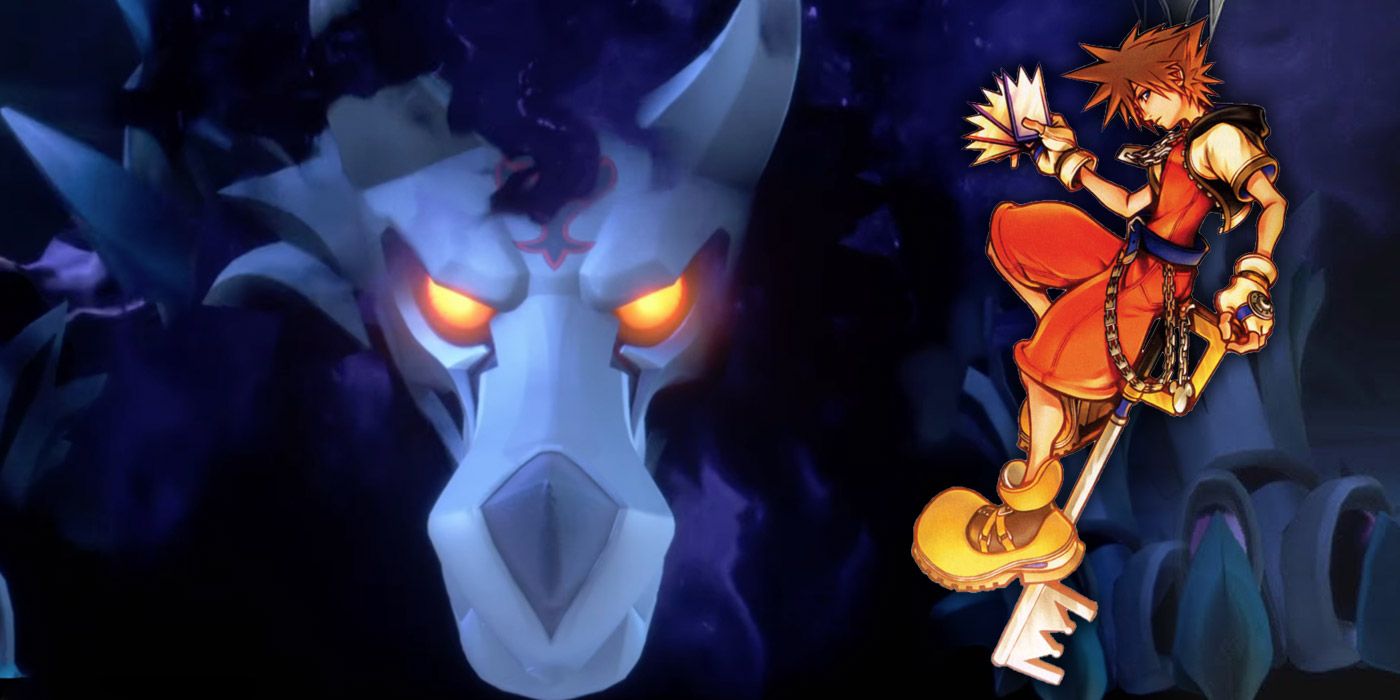
The Kingdom Hearts series has had trouble in the past looking for how to best introduce special abilities and magic into combat, specifically with the limitations of playing with a controller. Many of the mainline games utilize a number of menus and specific conditions to use the most powerful magic in Kingdom Hearts, but many of the spin-off games have already come up with a better design.
There are a number of side titles in the Kingdom Hearts series that have taken new risks in UI design that many of the mainline entries don't dabble into. Most notably would be the deck-building mechanics that were first introduced in Birth by Sleep, which is decidedly different than what can be found in Chain of Memories.
RELATED: Marionettes in Kingdom Hearts 3 Enhance One of the Best Levels Even Further
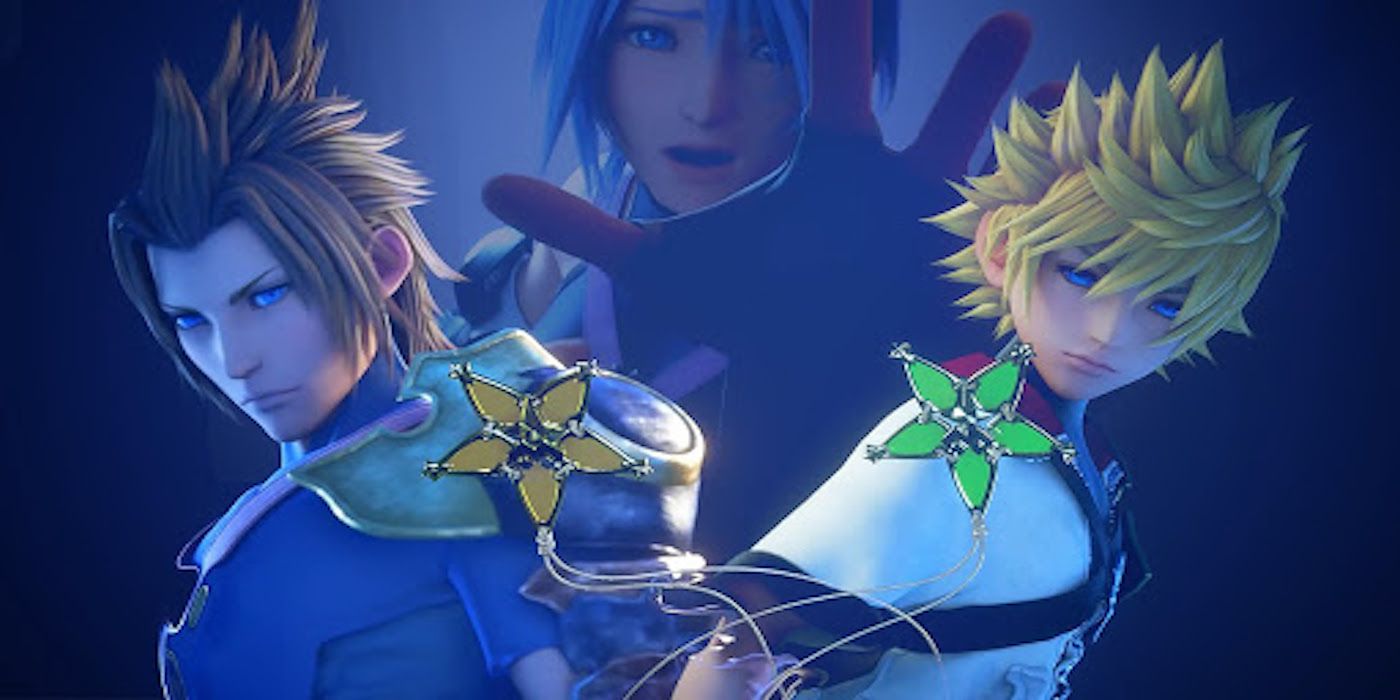
When the concept of deck-building comes up for most Kingdom Hearts fans, it often calls players back to Kingdom Hearts: Chain of Memories, the first sequel/spin-off in the series. However, that's not the one that's going to be the focus here, though there is a minority of players that still defends that building a deck to prepare Sleights and apply to specific situations was great for the Gameboy Advanced title. Instead, the more well received version of a similar mechanic comes from a design choice in Birth by Sleep, where players could assign different spells and abilities into a deck and cycle through it over the course of a fight.
The way that this mechanic was implemented in the PSP title, as well as the HD remaster in Kingdom Hearts 2.5, is that players collect abilities from chests, shops, or the Command Board. These abilities can then be combined with others in order to make new, more powerful spells and special attacks that can also be accompanied with passive traits to make each character stronger. Then, the choice becomes which of these Deck Commands the player will slot into their individual decks to give them an edge in specific combat encounters, or maybe they might build an all-rounder deck that's good for any fight.
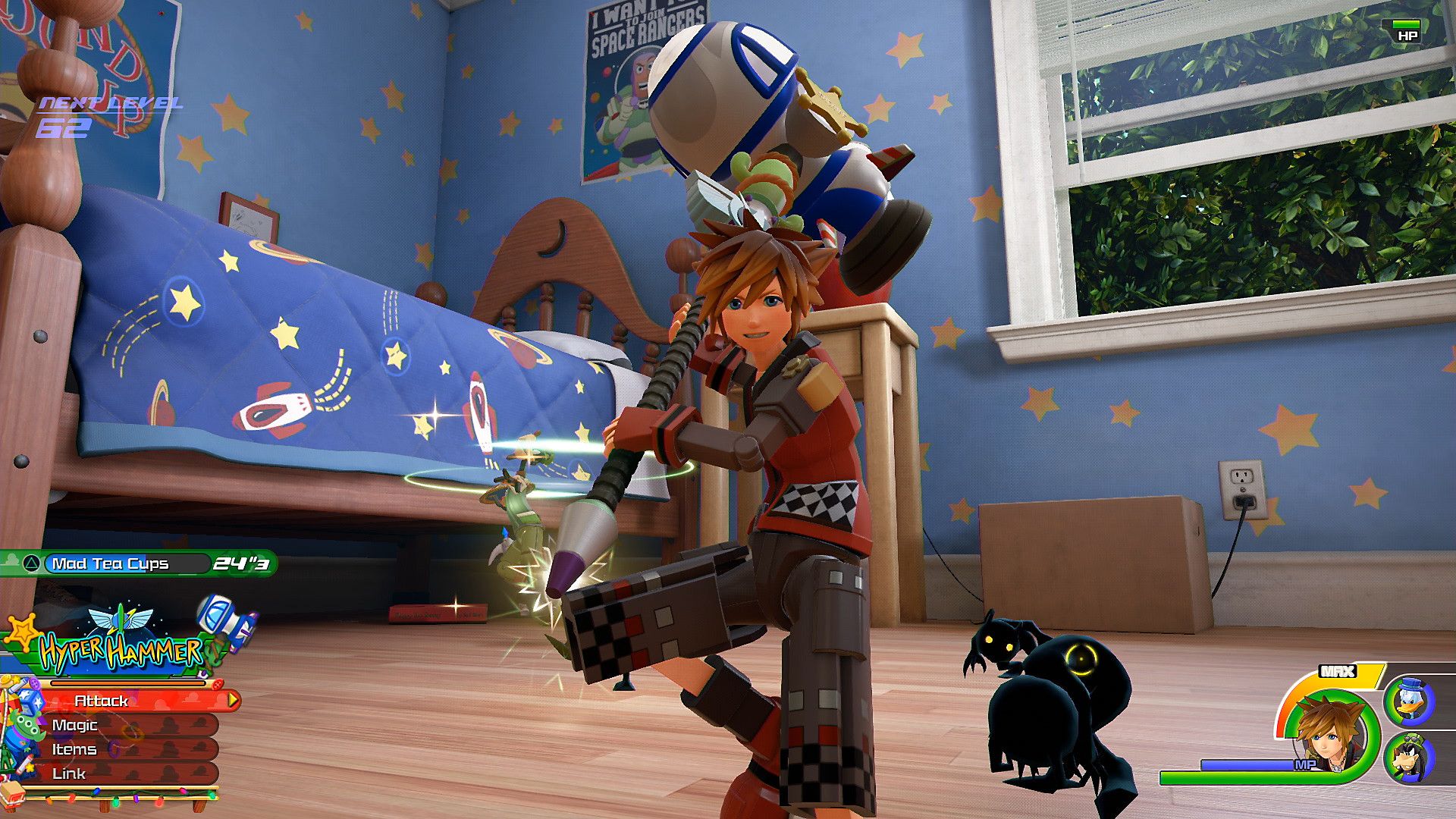
One of the biggest improvements that Birth by Sleep's deck-building brings to the series is the ability to better customize how a player engages with combat. Some players might want to fill their deck with attack Deck Commands in order to deal out massive damage on a loop as more attacks recharge. Others could use the deck to build up an underutilized mechanic from the numbered titles and take magic in Kingdom Hearts to the forefront of their playstyle.
Altogether, the addition of the deck-building in Birth by Sleep means that players now have their own way to tackle each encounter, and there is no single strategy that stands out against the others. At that point, it's entirely possible to fill up a deck with cures and get through everything by mashing the attack button to brute force most encounters. Although, the addition of the mechanic, and especially the need to combine Deck Commands does open a need to grind against horde's of Heartless in order to obtain some of the best abilities.
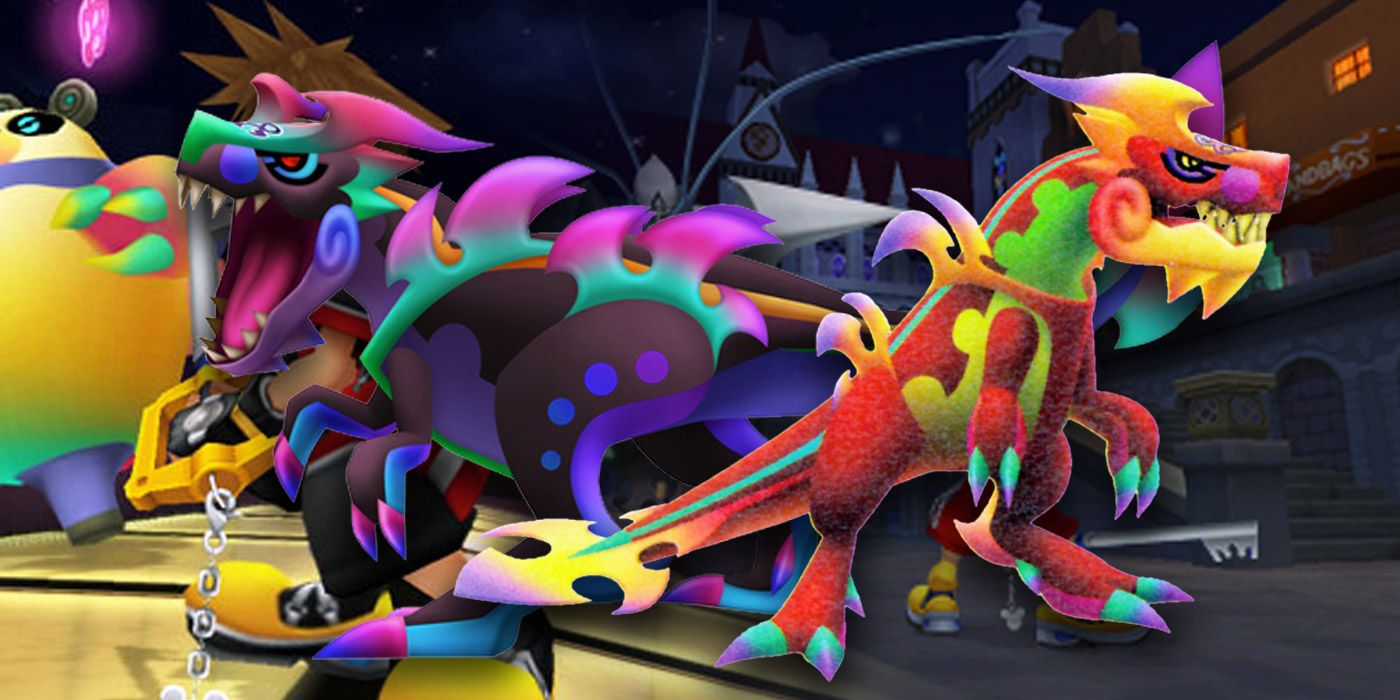
The next game to utilize the same feature was Dream Drop Distance, which got rid of the tedious Command Board and gave players a whole new way to grind out abilities. In this case, it was the player-controlled Dream Eaters that gave access to gaining new Deck Commands, which had it's own level of grinding, but was at least better implemented directly into gameplay. From there, players were free to build their own customized way of interacting with combat, or completely break the game by stacking Cure and Balloonra.
It's a mechanic that Square Enix seems most comfortable using in titles that put the player in control of two or more characters though, since it is one of the best ways to separate the opposing playstyles. There are moves that Sora can learn that Riku can't, and vice versa, which was the same concept used between Terra, Ven, and Aqua in Birth by Sleep. However, even with the success that the concept showed in the two spin-off titles, Kingdom Hearts 3 reversed the progress and went for the same, clunky menu UI that turns players away from fully utilizing magic and removes some of the cooler abilities.
RELATED: Kingdom Hearts 3 Cast List
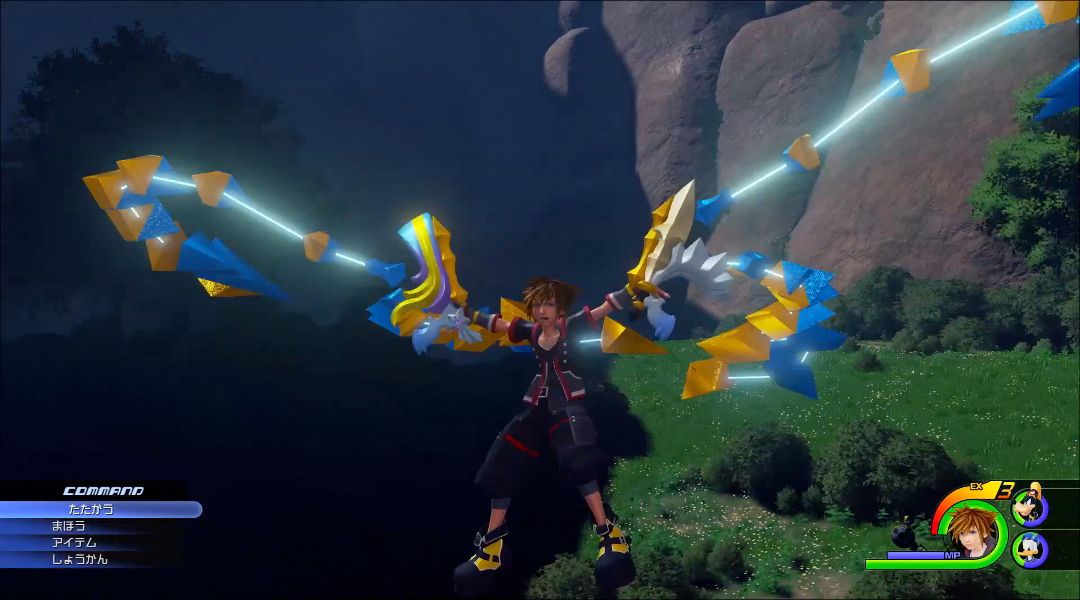
While there is a ton that Kingdom Hearts 3 got right about combat, such as Keyblade transformations and a somewhat smoother implementation of Flowmotion, there are some spots that miss the mark. Most notable among the criticisms that the latest title received was the way that Situation Commands could completely break the flow of some encounters. The concept on its head isn't inherently bad, especially when it comes to using different spells enough to build up the meter and unleash Grand Magic, but the downside that came with it was Attraction Summons.
These new additions were interesting ways to attempt to bring some of the special types of abilities and magic from previous games into Kingdom Hearts 3's more traditional UI. The issue comes when the list becomes clustered, forcing players to quickly shift through a list of abilities that they might or might not want to use, with little control over what appears in the command menu. Much of it is clearly a way to limit how often players could abuse some of the systems like quickly transforming Sora's different Keyblades, but it felt like a step backwards from better command menus.
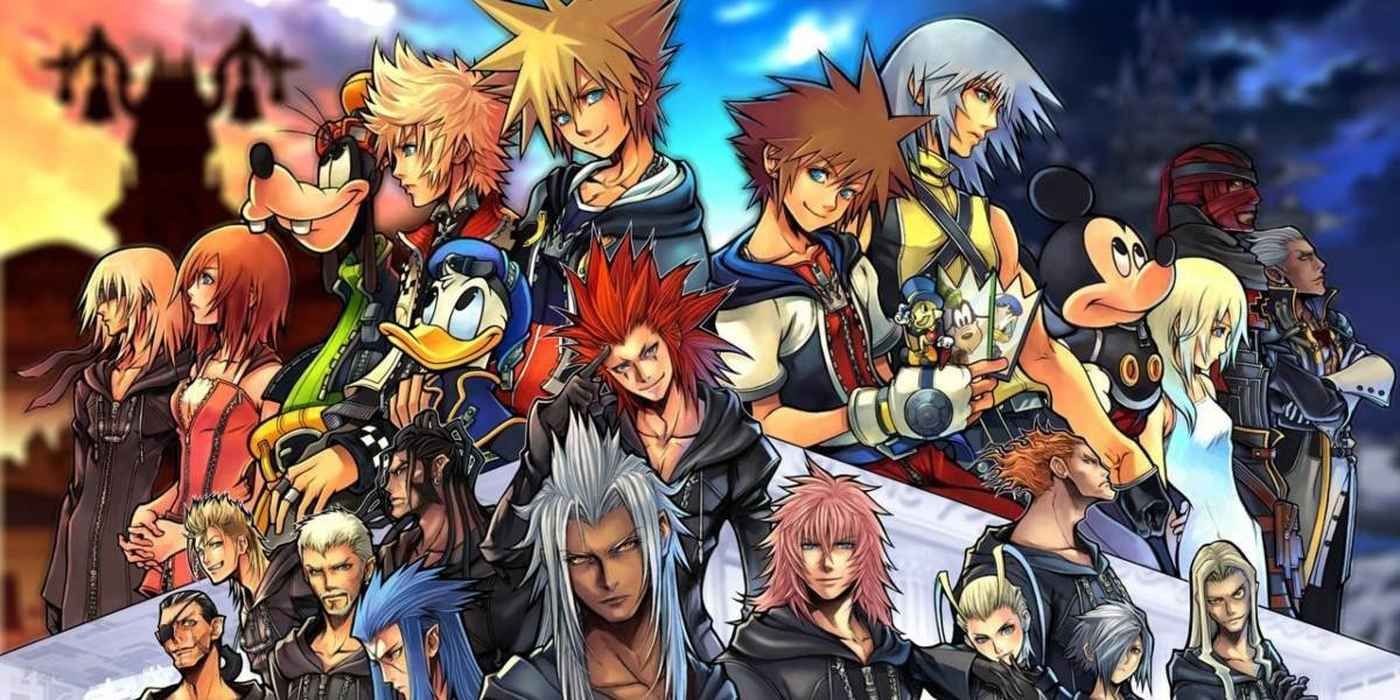
With Kingdom Hearts looking to drastically change as the series goes forward, the next numbered title could be the perfect time to pull away from the standard menu heavy UI. From there, Square Enix has already laid out a perfect system that can take over and provide the level of customization that players look for in modern gaming. Instead of Situation Commands to add a dynamic layer to combat, bring the deck-building from Birth by Sleep and Dream Drop Distance back.
The mechanic is as prevalent now with the series as the standard menu is, and offers players a much faster way to mix and match the use of magic. Previous games have even shown that reaction commands and Keyblade transformations can still work with this style of gameplay. So, future games don't have to backpedal on the progress made in the years between Kingdom Hearts 2 and 3, and instead improve on what made these side titles stand out.
Kingdom Hearts 3 is available now for PS4 and Xbox One, with a PC release set for March 30th.

